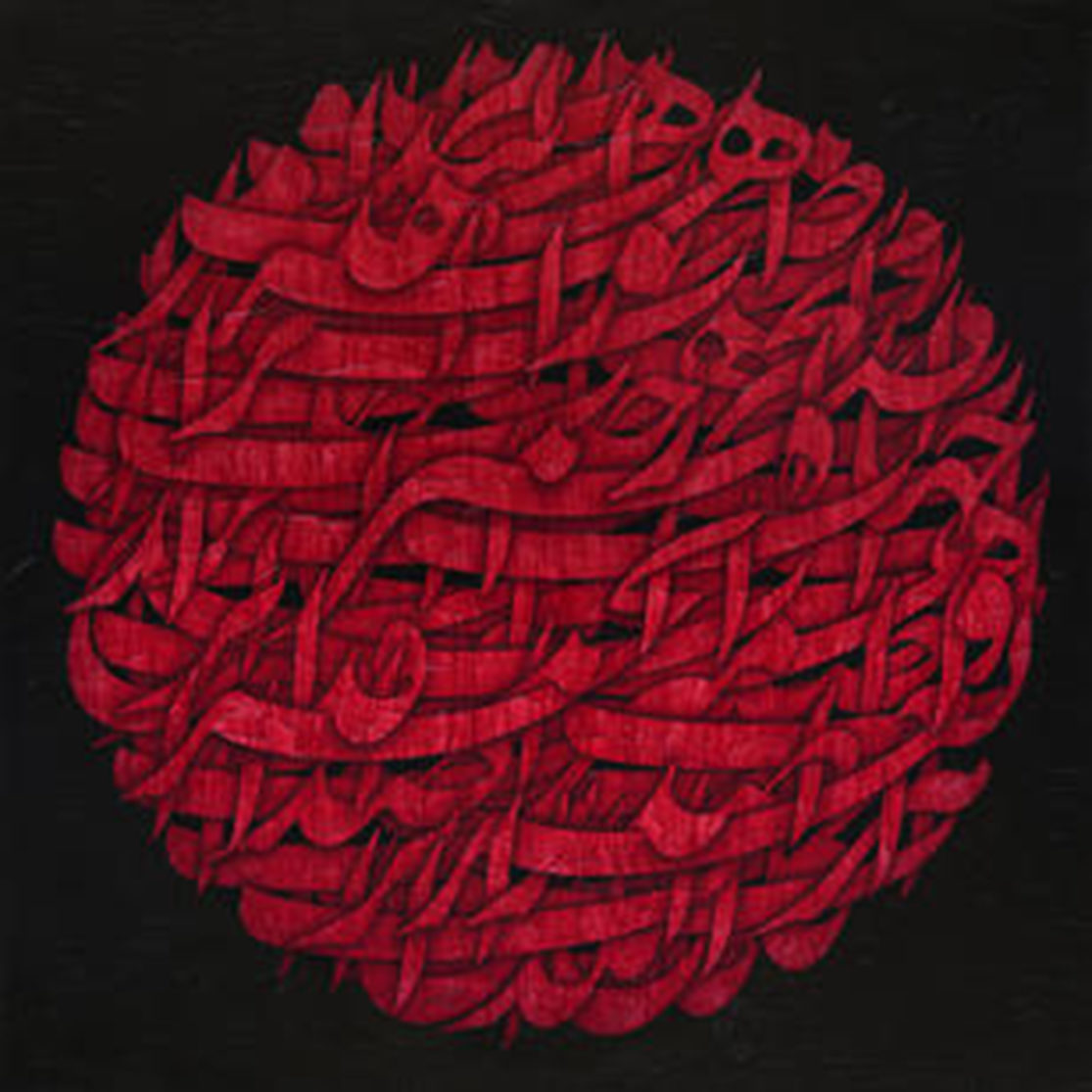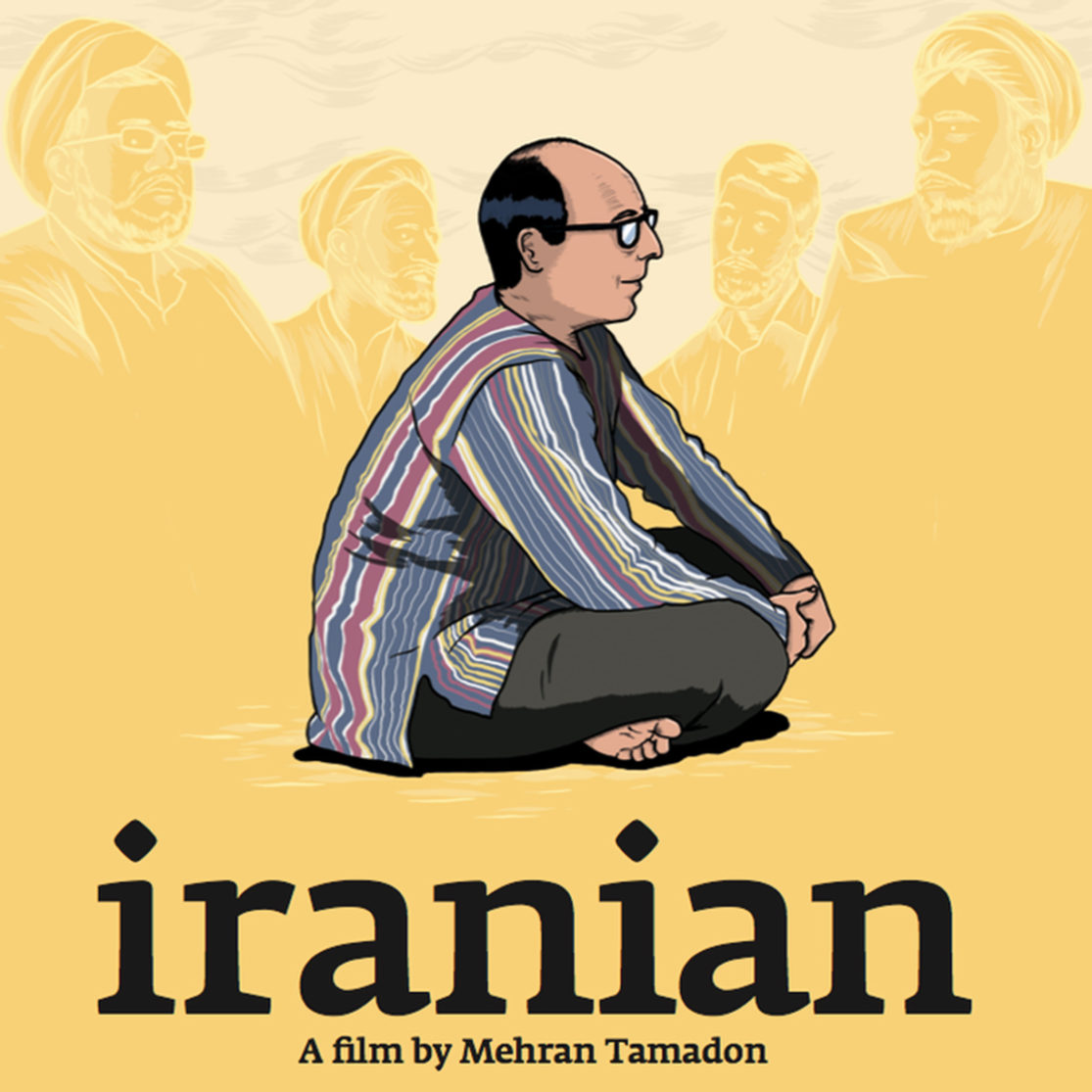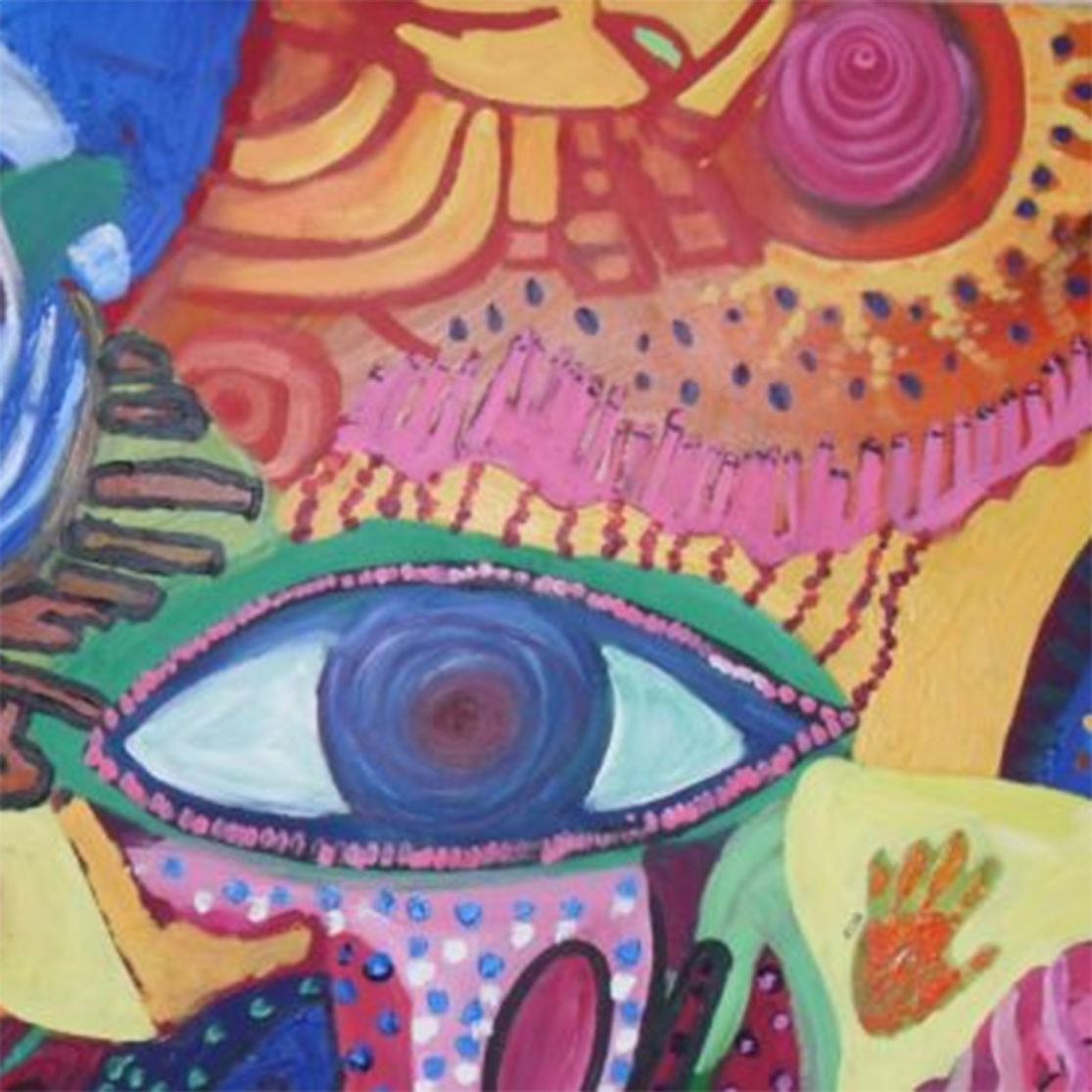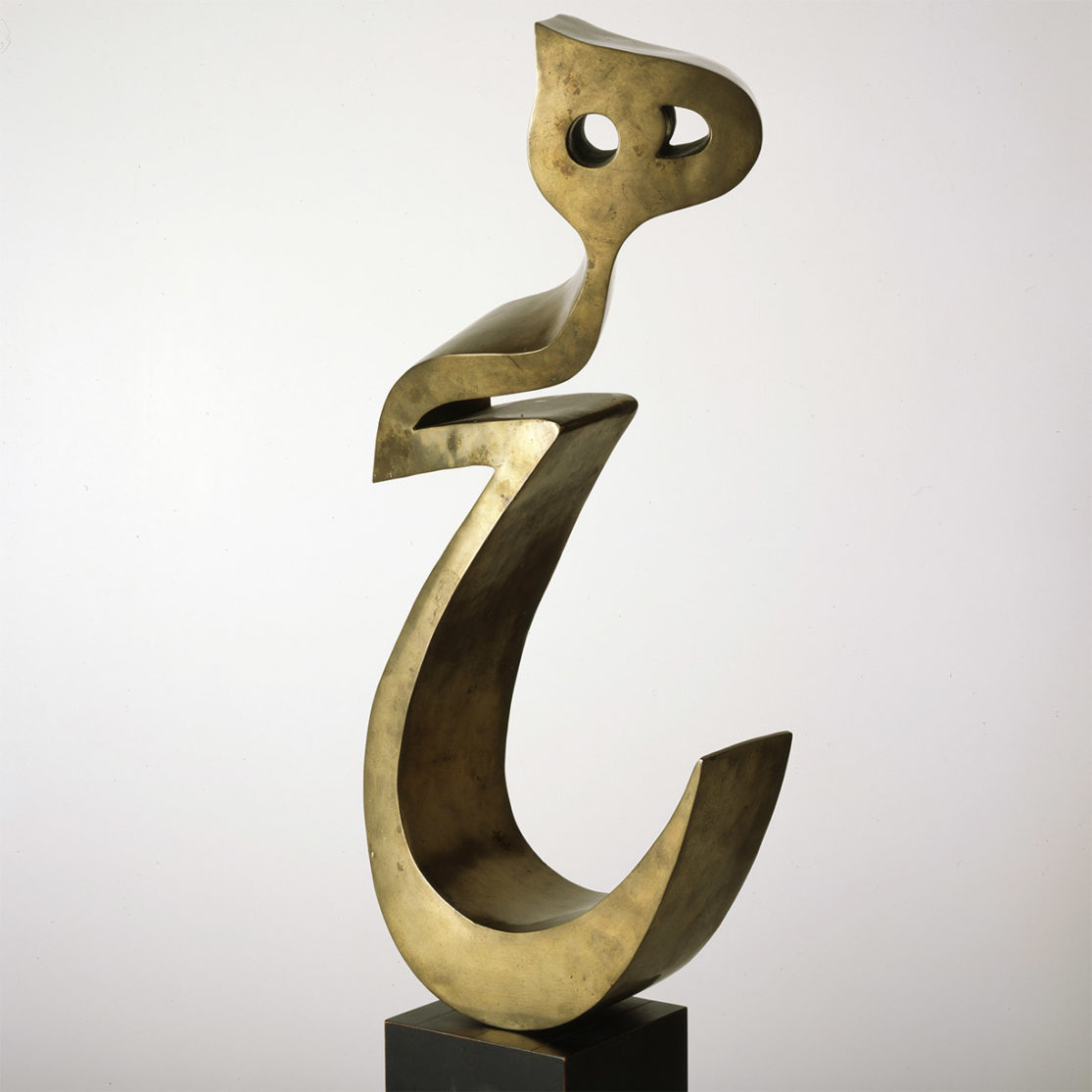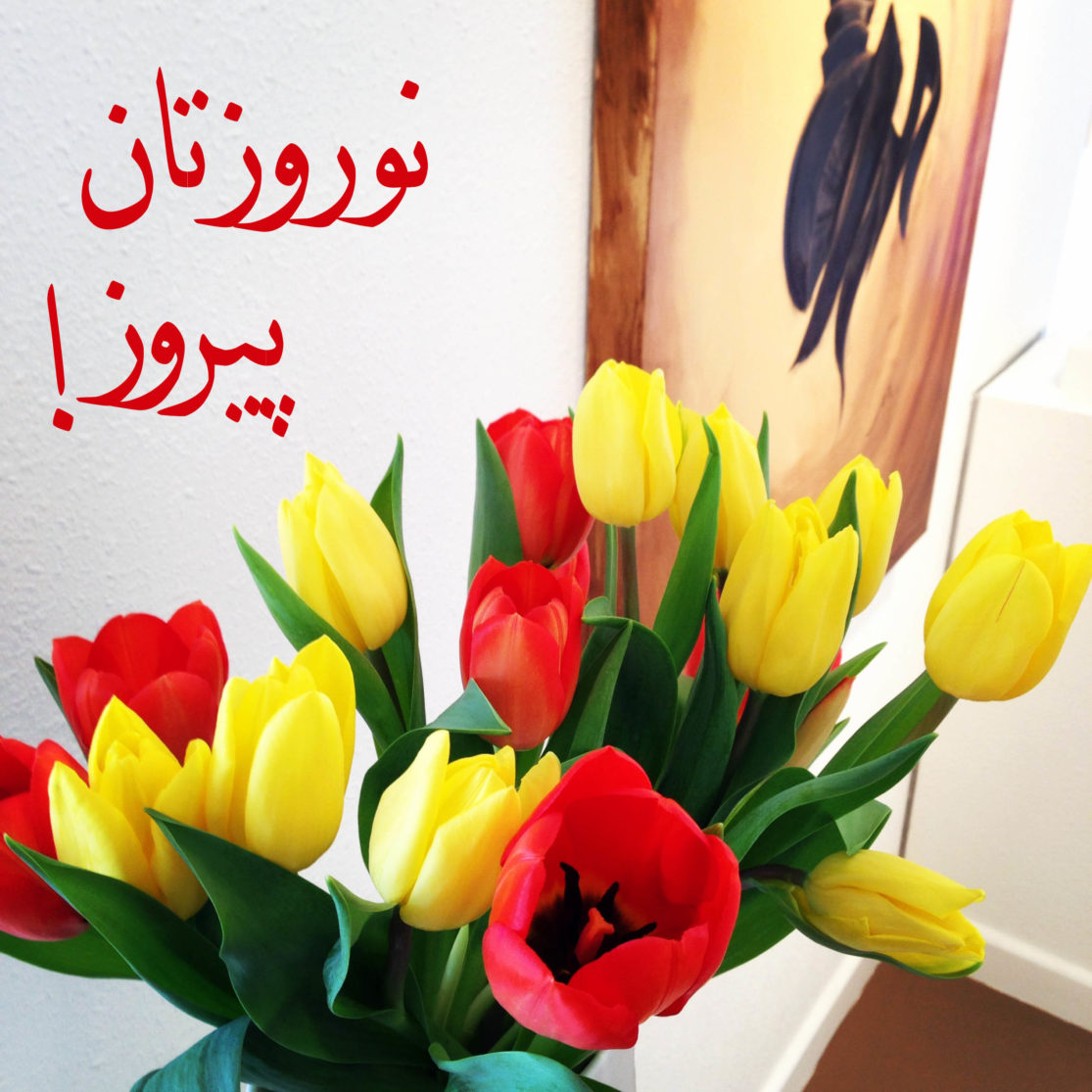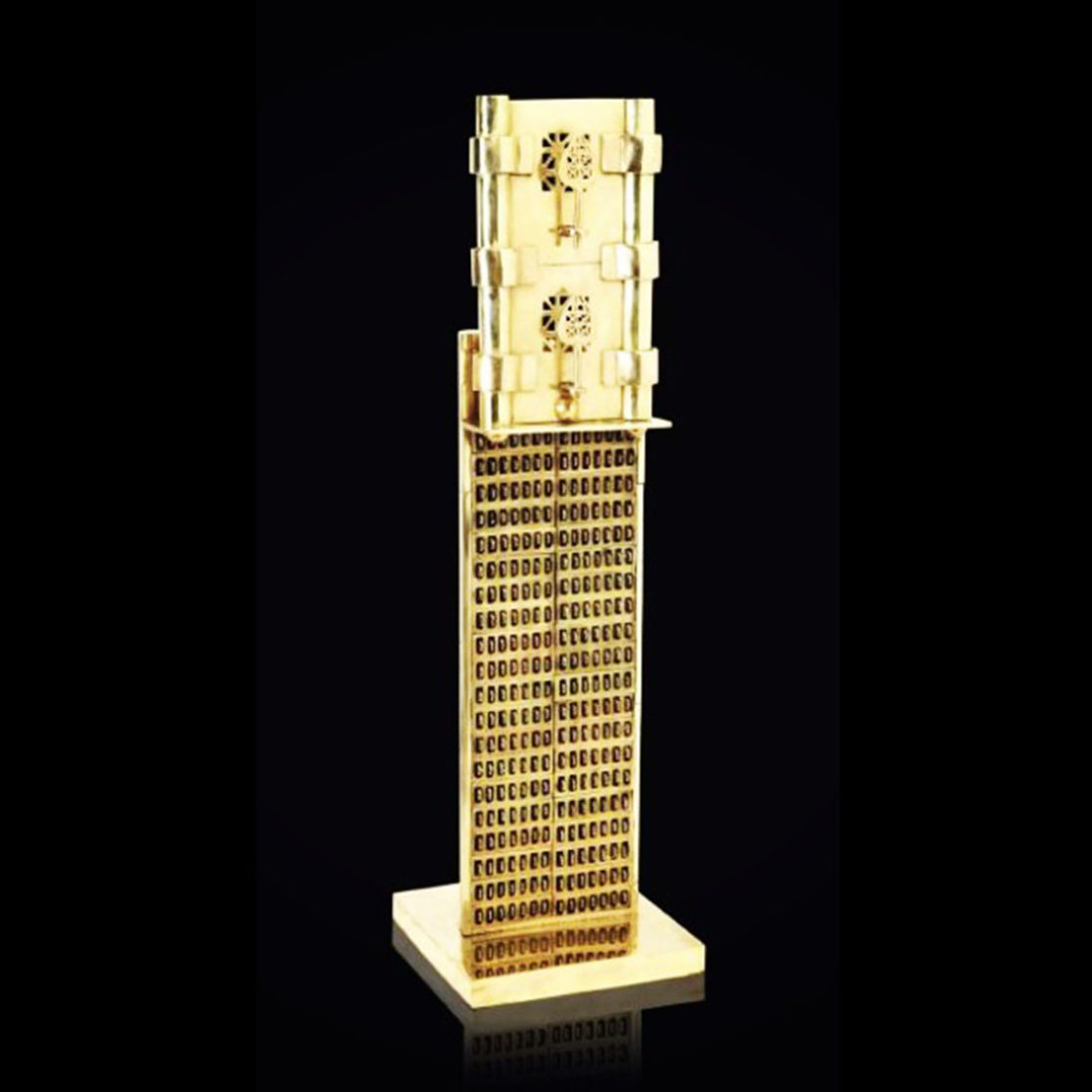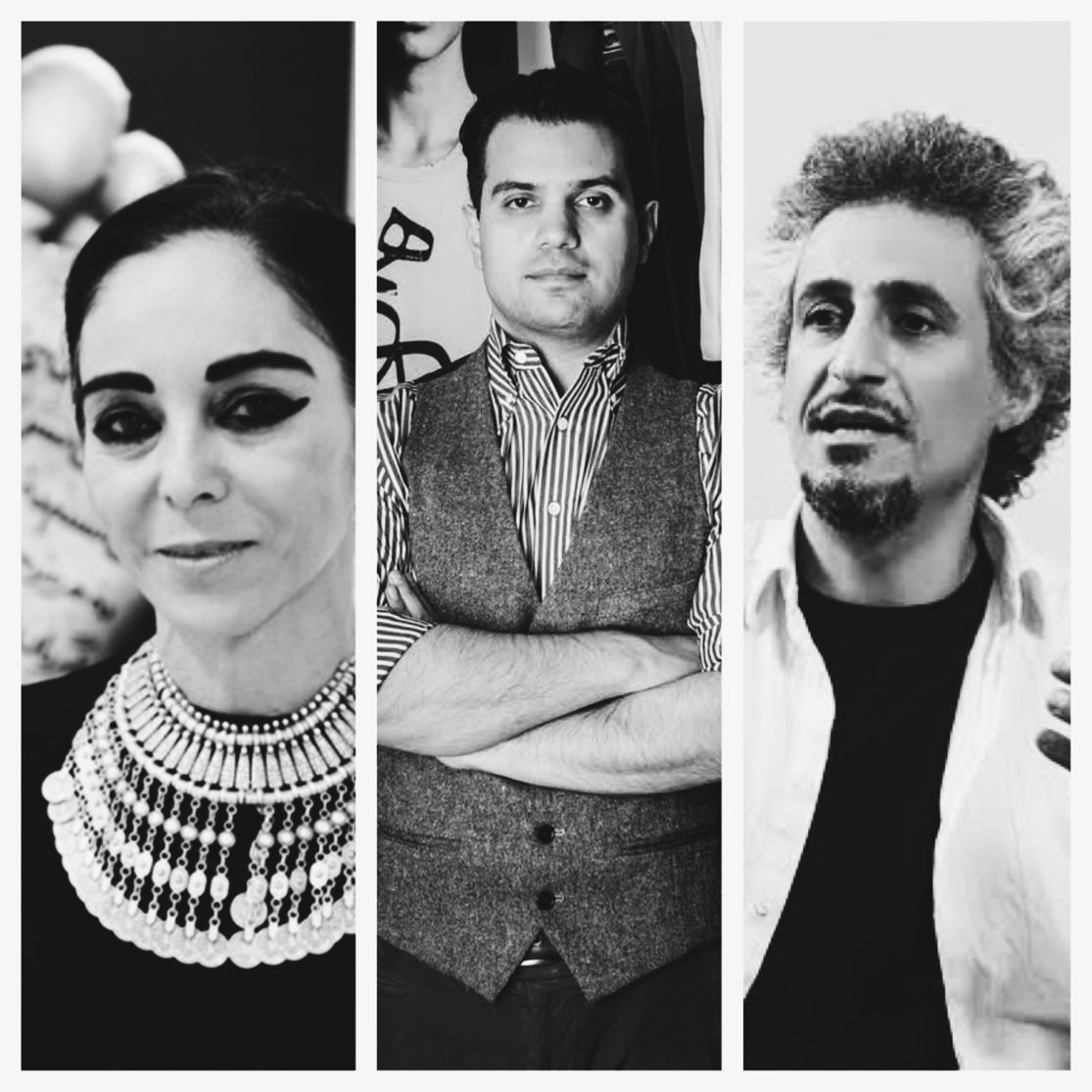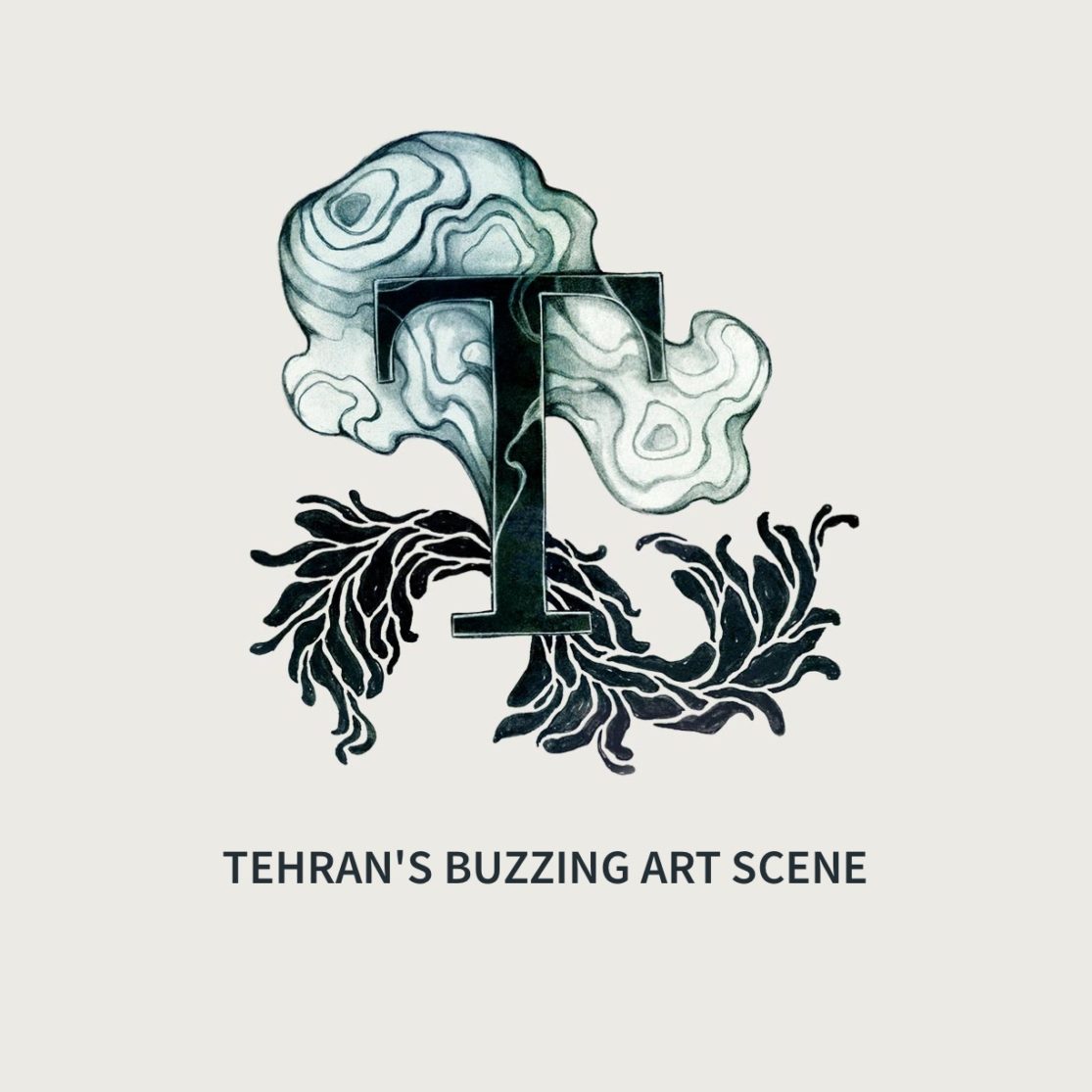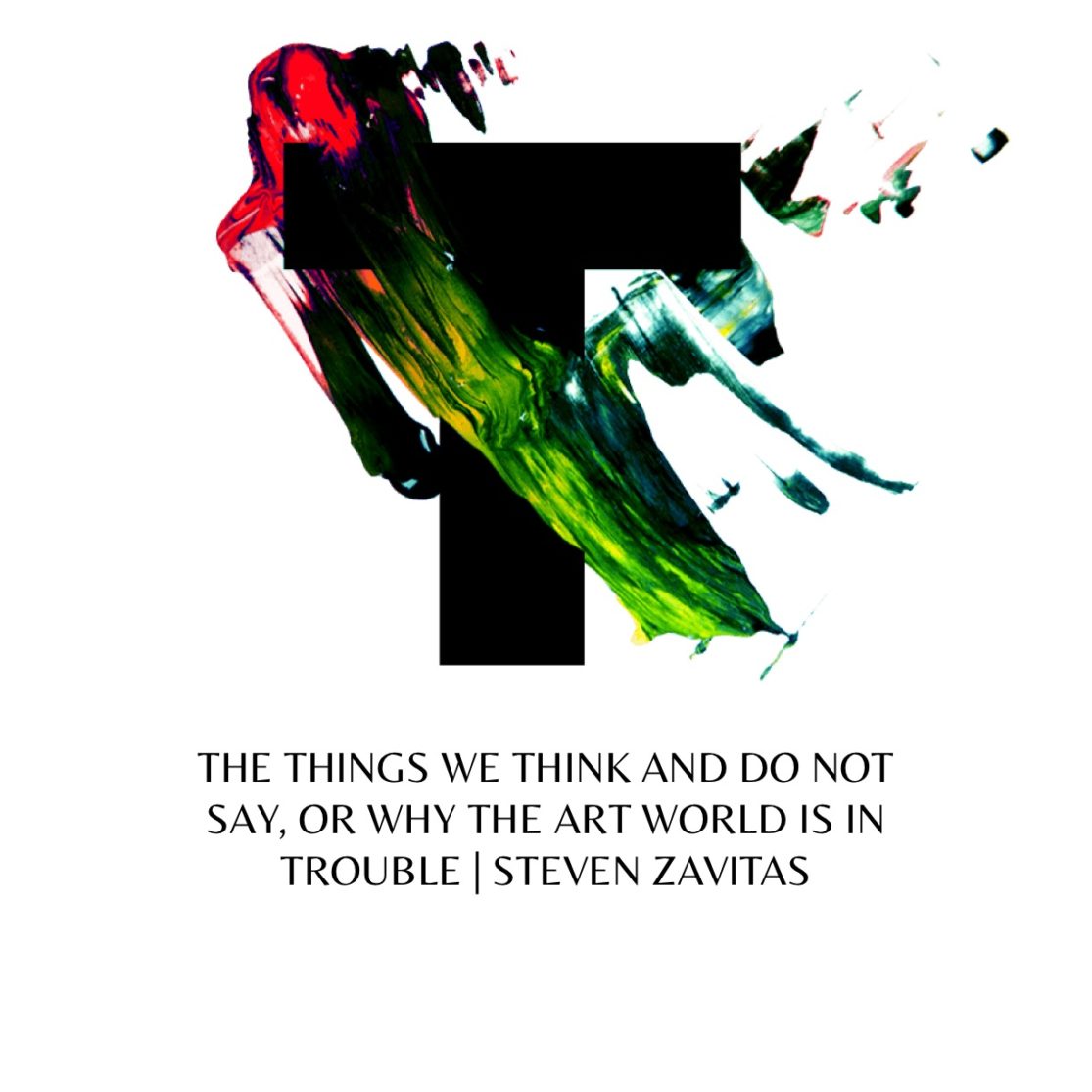Iranian Film Line Up in Berlin Festival
Best of luck to the NINE Iranian films that will be featured in this year’s Black International Cinema Berlin, spanning May 7 – 11, 2014. This 29th festival’s tagline is “Pathways to Enlightenment,” honoring Rev. Dr. Martin Luther King Jr.’s visit to Berlin in 1964, and will feature a photography exhibition entitled, “Footprints in the Sand?” The festival aims to promote intercultural communication.
Below is a list of each film and a short description, courtesy of the festival website.
A young doctor decides to travel for relief and escape from her problems. Coincidentally, she meets a family in Oraman of Kurdistan. The shared experience with the family is very meaningful to her.
ARTESHE PENHAN // HIDDEN ARMY | Director: Mohammad Esmaeili
A lone soldier is running from the enemy. Not the many explosions around him and not even the bullet in his leg is stopping him. But a massive explosion finally pulls him down. He drags himself near a house and puts his back against a palm tree, when suddenly the voice of a woman attracts his attention…
ABRHAYE KOLALEI // COLUMBUS CLOUDS | Director: Bahar Lellahi
Hamidreza, after several years comes back to Iran for his nephew’s marriage, after his engagement has failed and he is disappointed and alone. Gradually, he comes to understand his mother’s and family’s problems.
ZEMESTANE AKHAR // THE LAST WINTER | Director: Salem Salavati
Baji and headman are the sole survivors of an isolated village, which is sinking under water little by little. They are companions and confidants of one another. One night, haphazardly and due to constraints of nature, they are away from each other and Baji is left alone at home. The headman does his best to pass through the snow while Baji, all alone in the village, is embroidering the last part of her story on cloth.
SOSKHA AZ ROSHANAEI MOTANAFERAND // COCKROACHES HATE LIGHT | Director: Hamid Sadeghpoor
A man is trapped in an odorous cubic enclosure and…?
AZ MENHAYE YEK // FROM MINUS ONE | Director: Marjan Ashrafzade
Forced by her husband, Tayebeh is going to a stranger to get her husband’s bad check returned. She is certain, though, that the price will be to sleep with the strange man. Now, to go or not to go, this is her call?
PAYANE FASLE 3 // END OF SEASON 3 | Director: Soran Fahim
A Kurdish writer is writing a story on Anfal, but can’t find an ending for it…
DERAKHTE BADAM // ALMOND | Director: Mokhtar Masoumyan
The story is about a girl who derives a problem because of an old tradition (circumcision). Now at the beginning of her marriage, some other social problems appear. “Almond” is the story of Awat, a girl who encounters traditions and enters a new world full of adversity. Circumcision of girls is performed among traditional Iranian society in some rural regions.
SOBHE ROZE BAAD // THE NEXT MORNING | Director: Ali Hashemi
Sahar wakes up to perform her daily routine. But a strange event has happened because nobody recognizes her. At first, Sahar thinks a mistake has been made, but the shocking fact is, she must face her new reality.


